Huawei Flagship Store Beijing
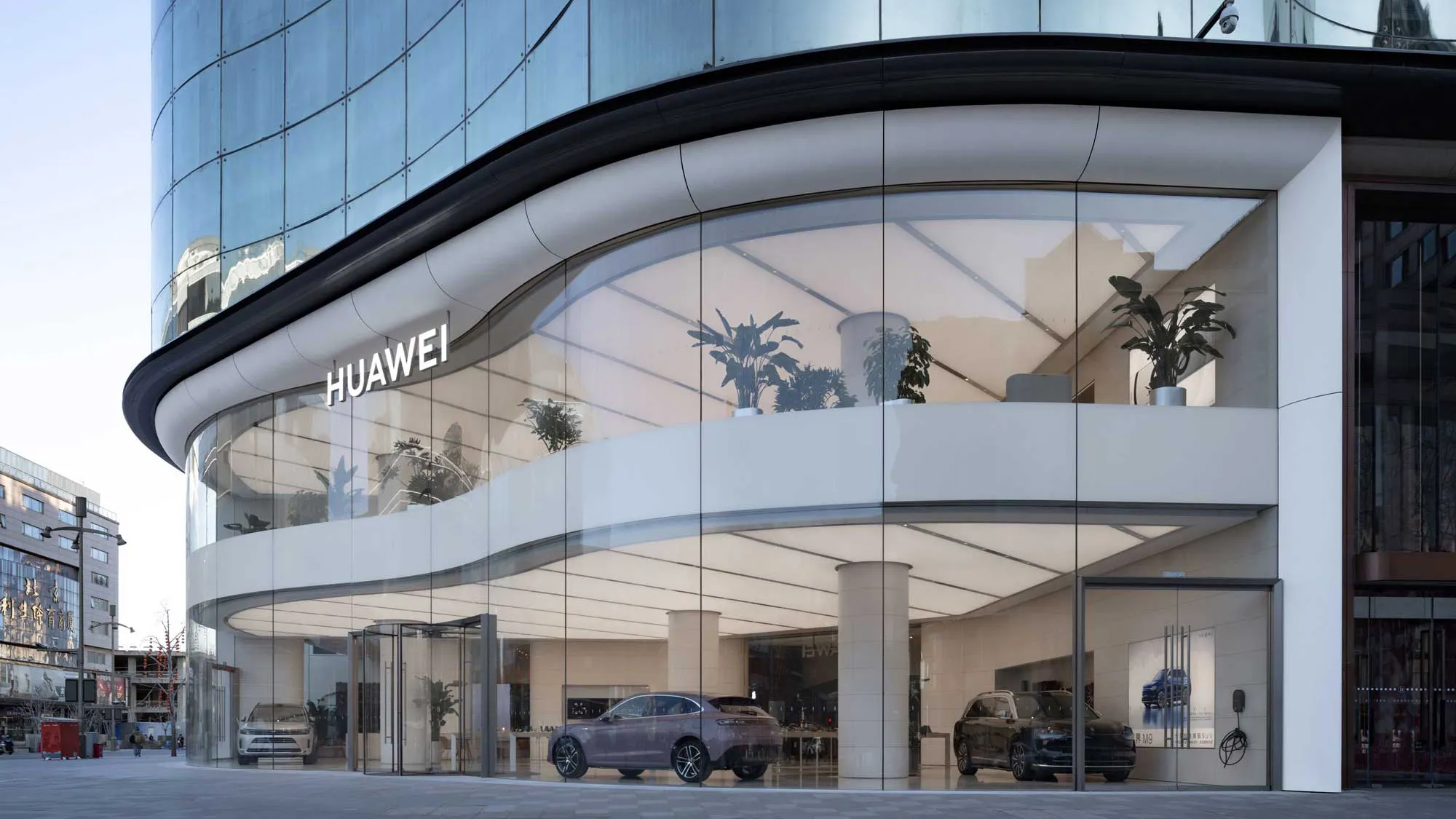
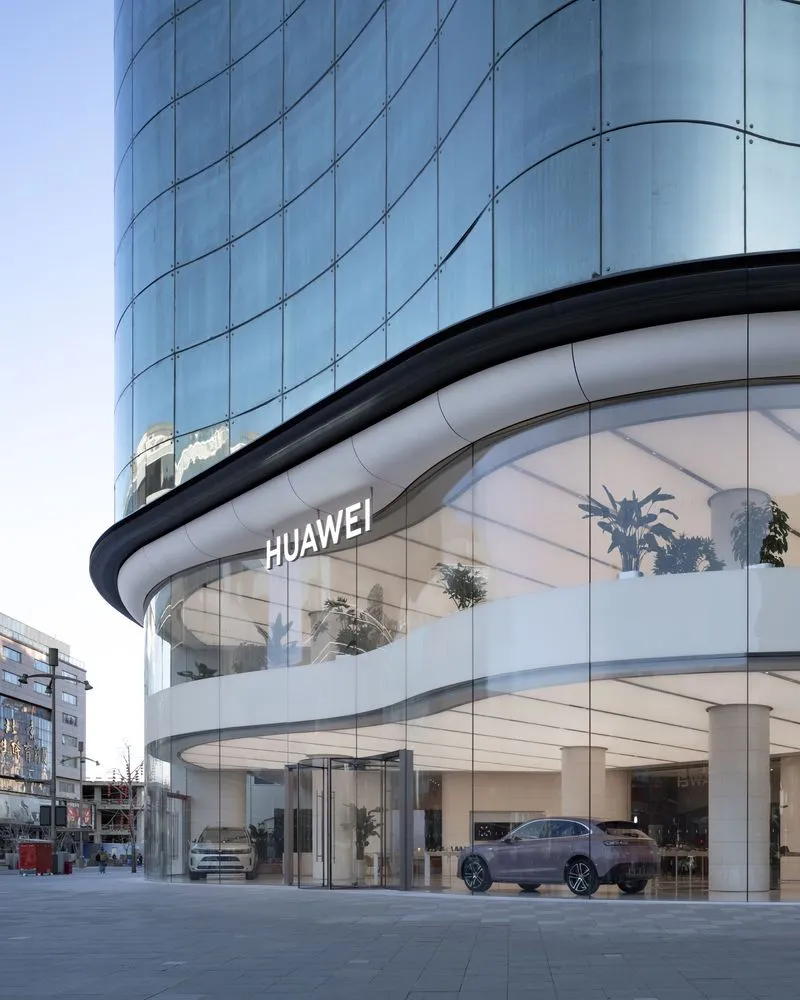
Huawei Flagship Store Beijing
Superimpose took the challenge to design the first Beijing Flagship Store for the Chinese multinational technology corporation Huawei right in the historic center of the city. The store finds its home on Wangfujing, Beijing’s most prominent shopping avenue already for hundreds of years, situated in close proximity to the ancient Forbidden City. The both ancient and modern commercial district is not only are presentative of traditional Chinese culture, but also a window to internationalization.
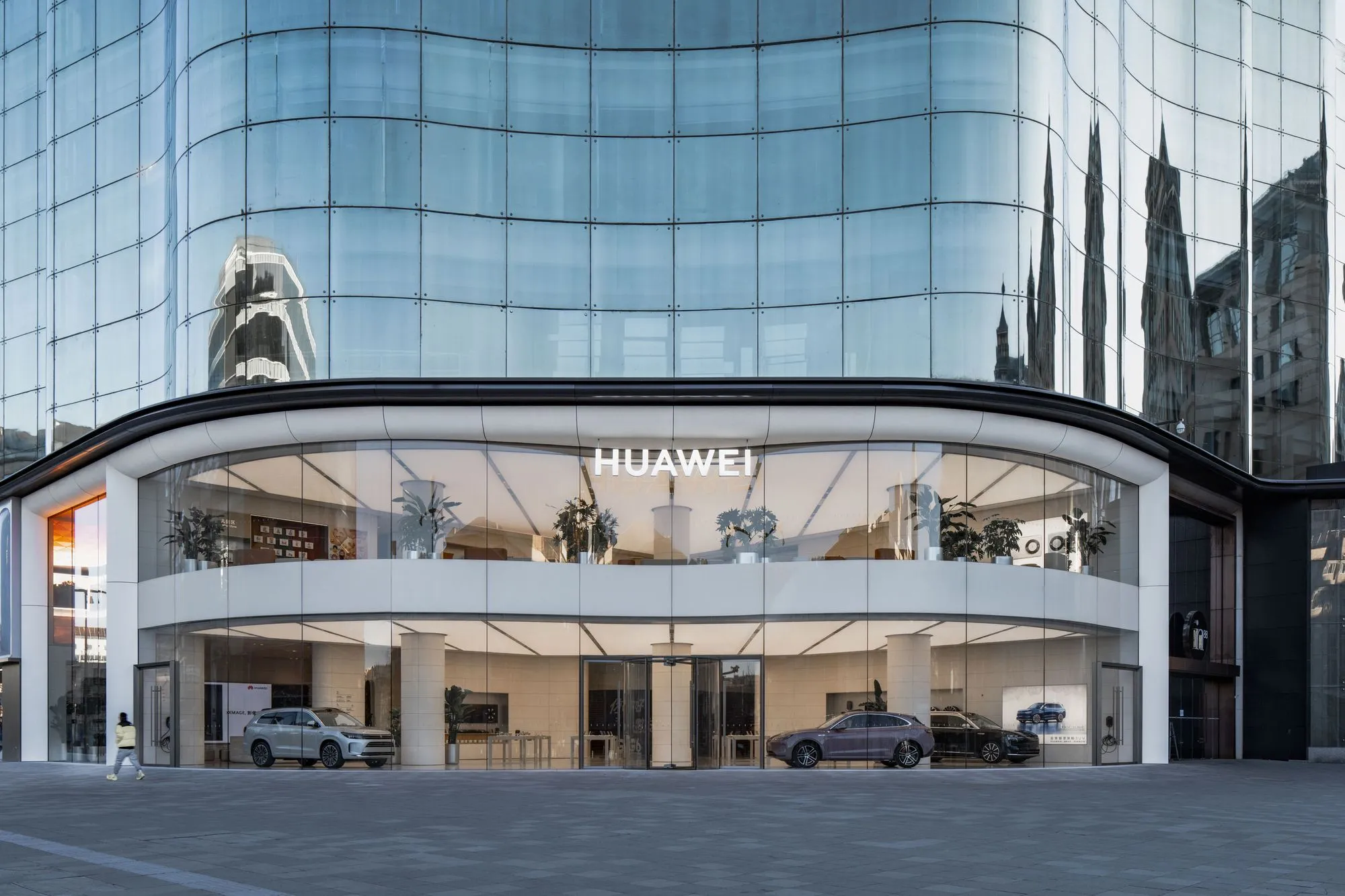
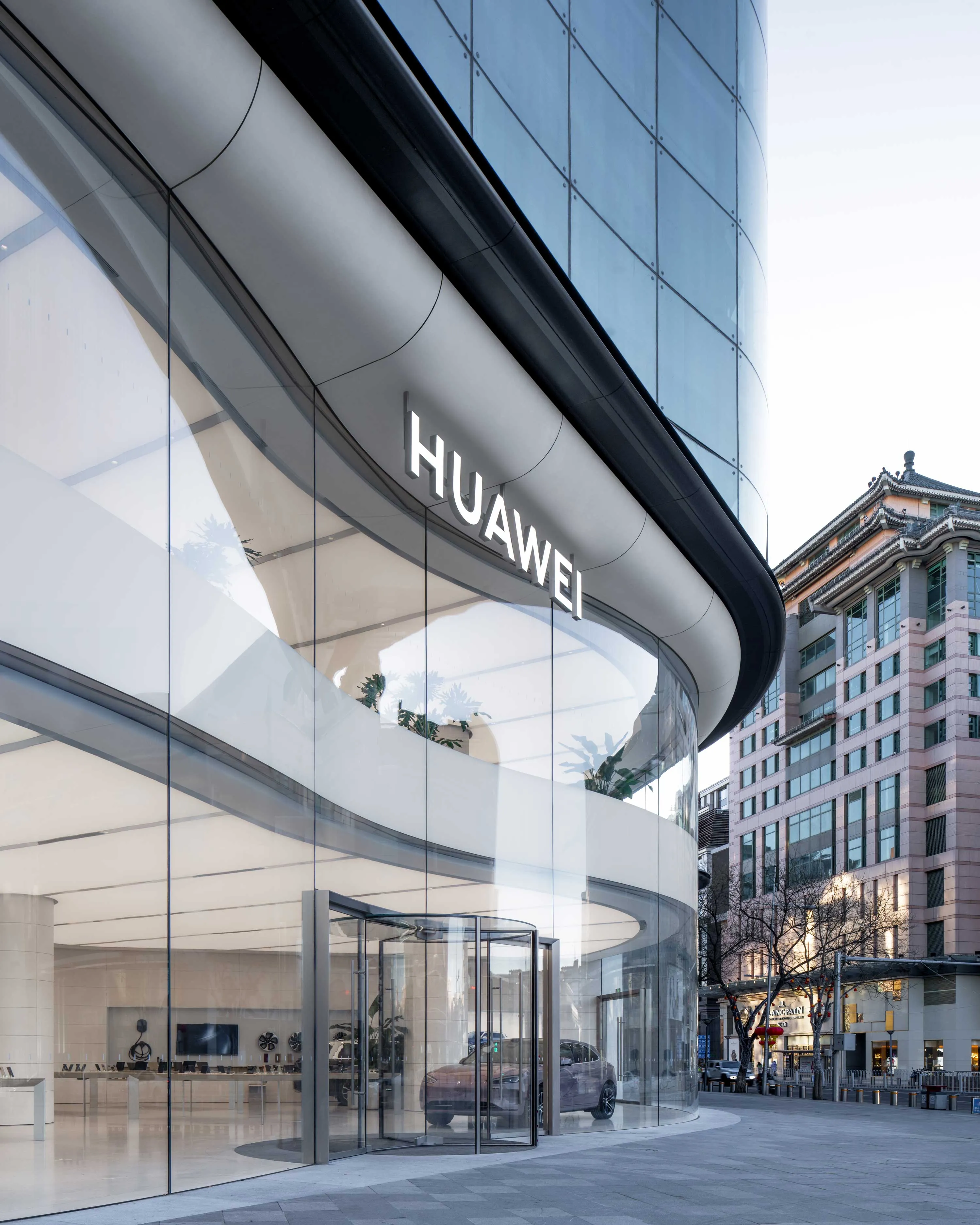





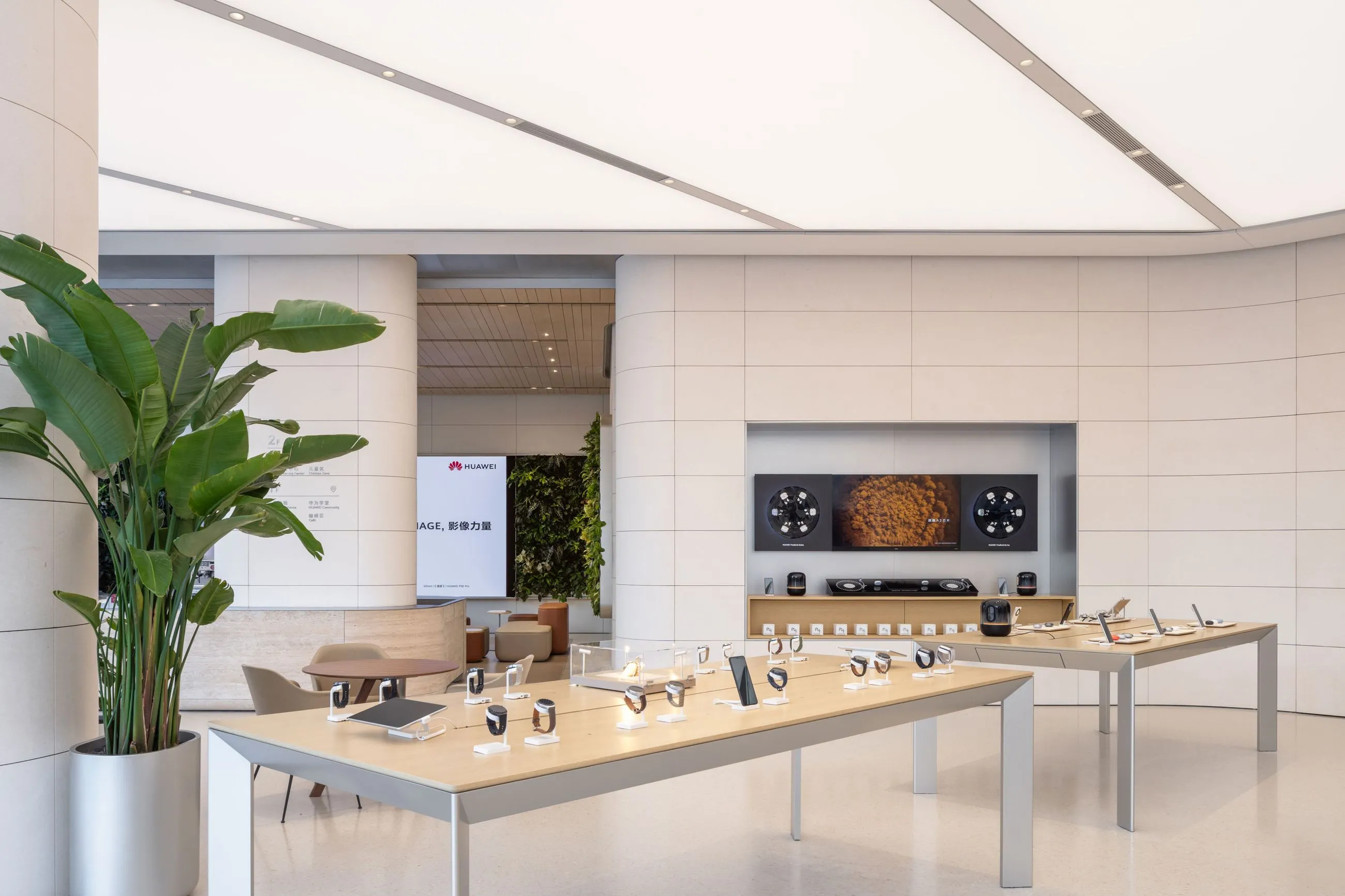
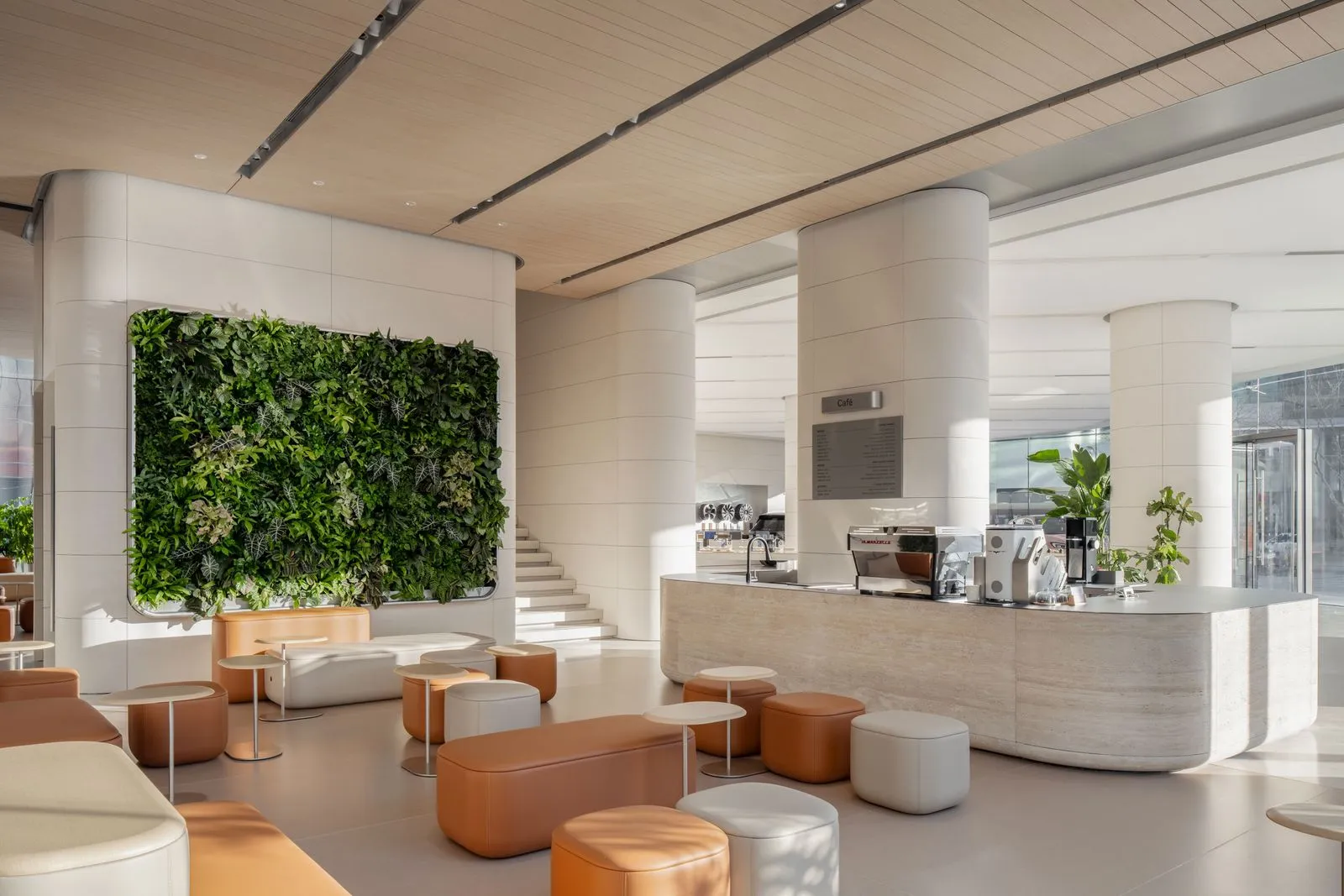

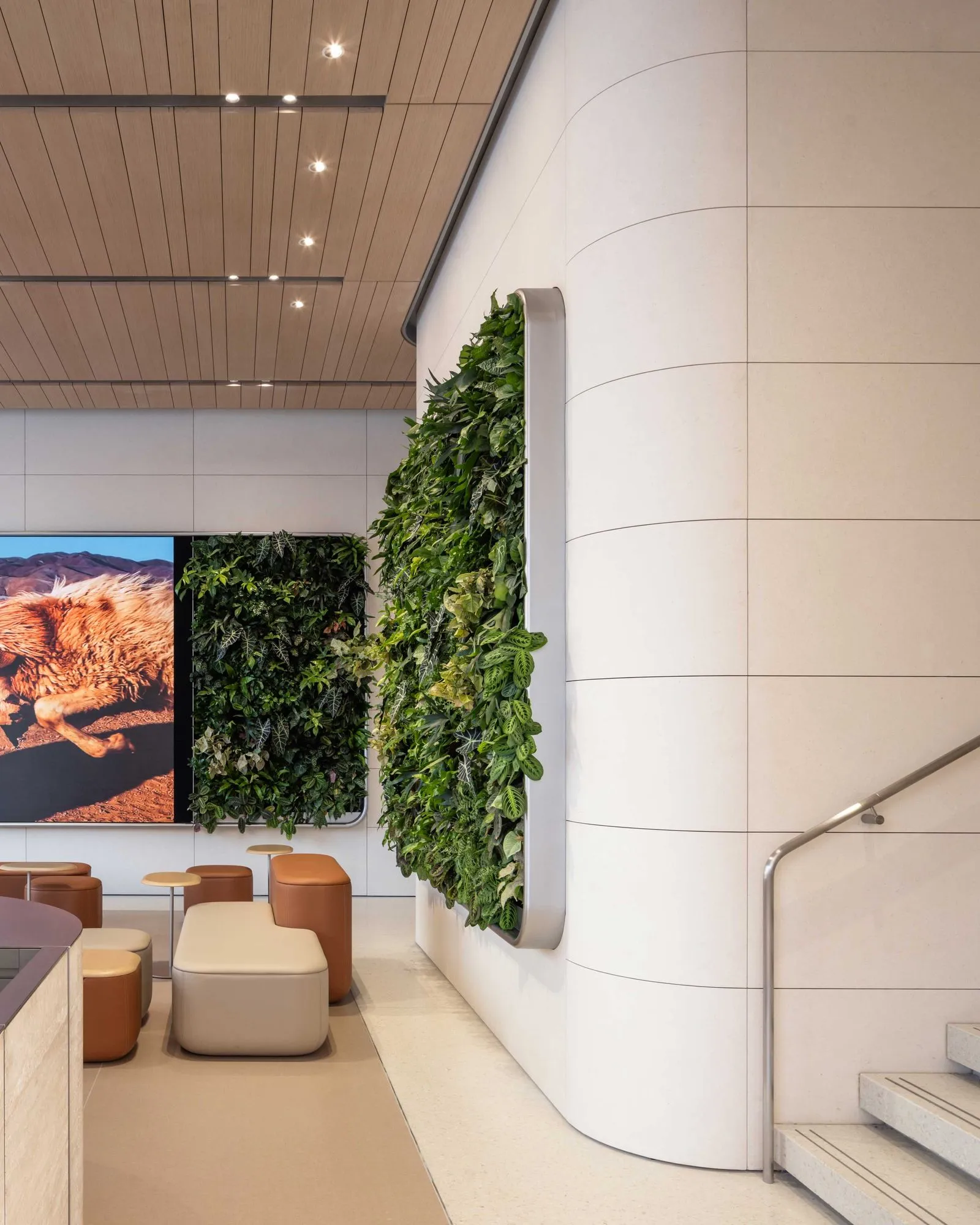
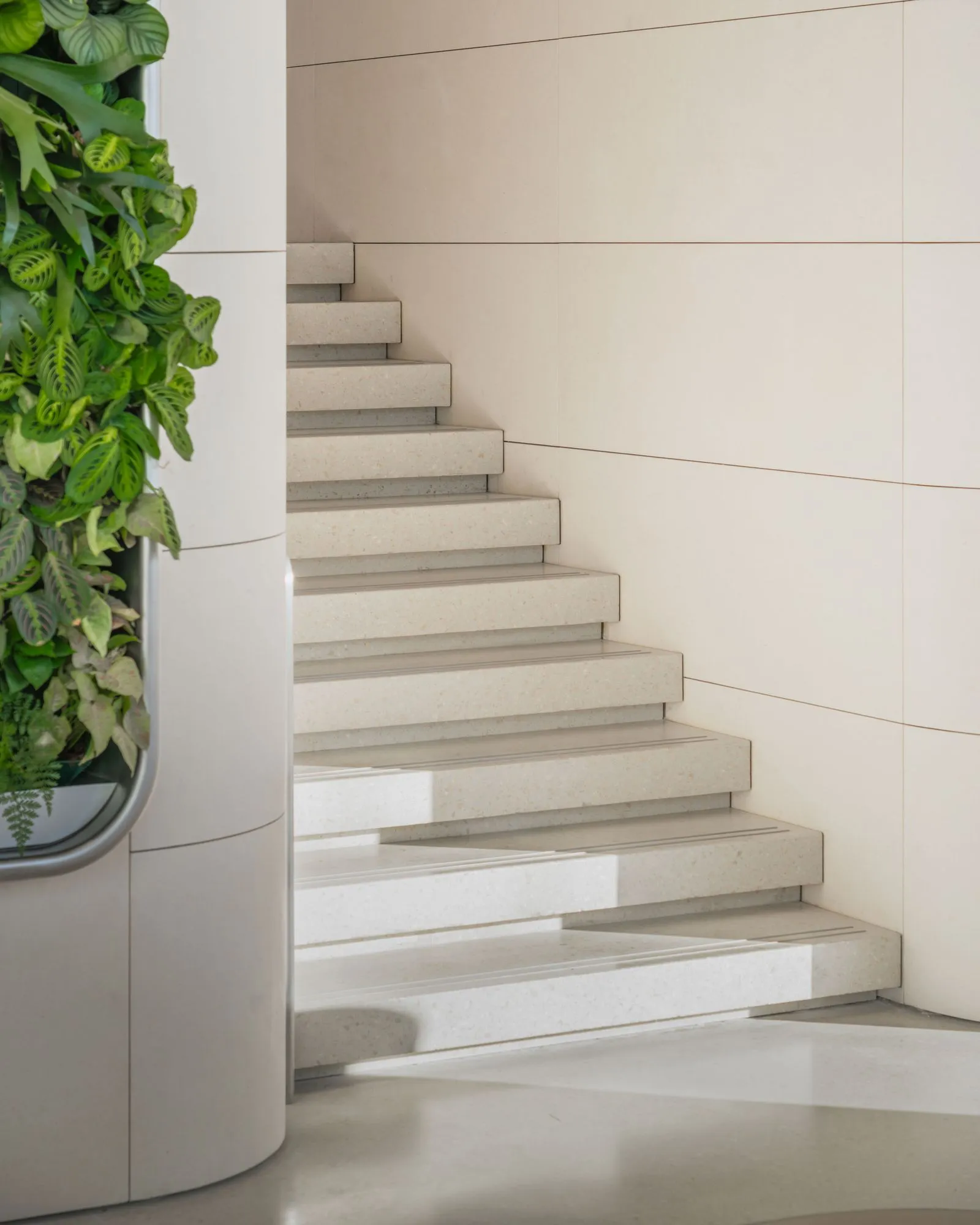
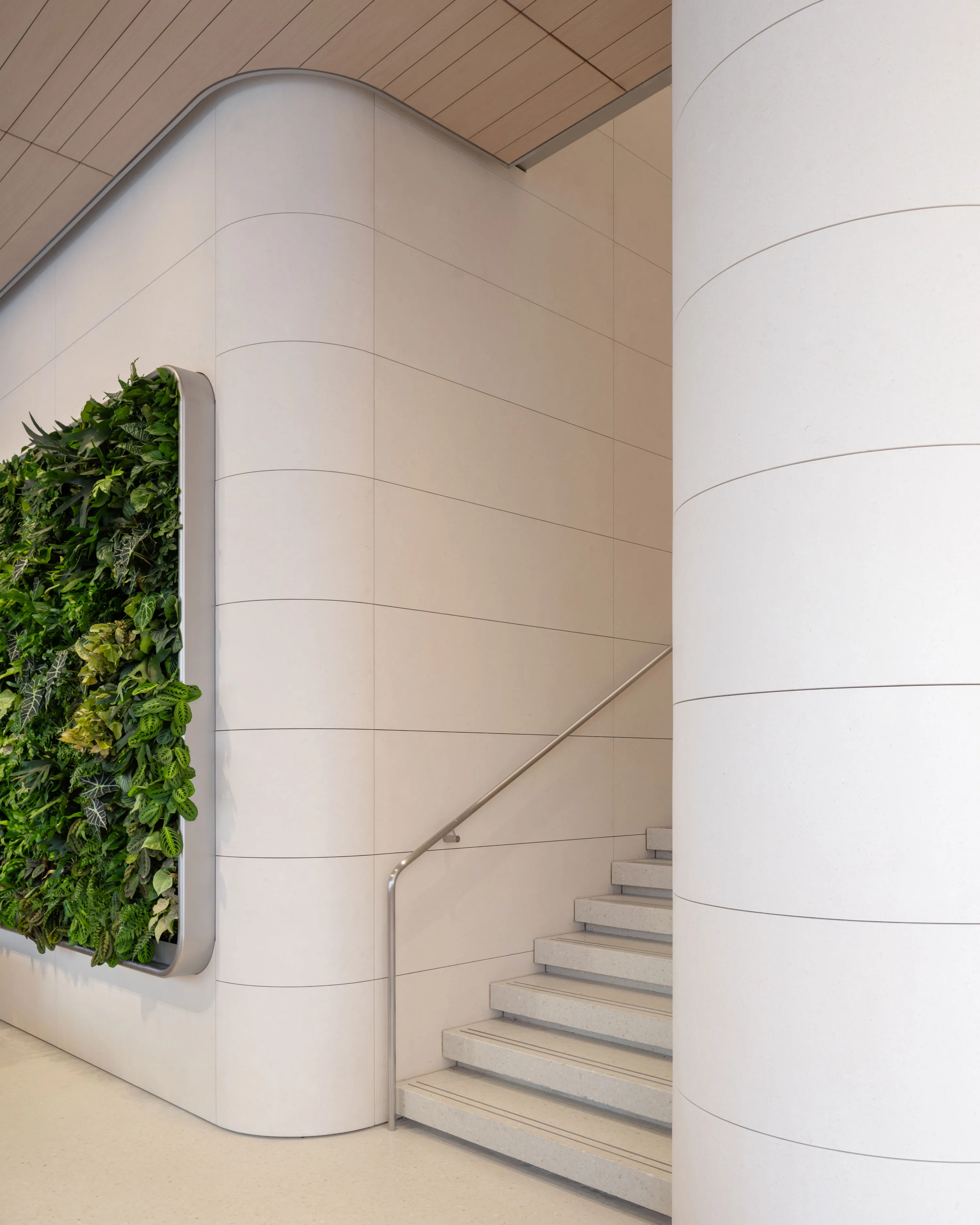
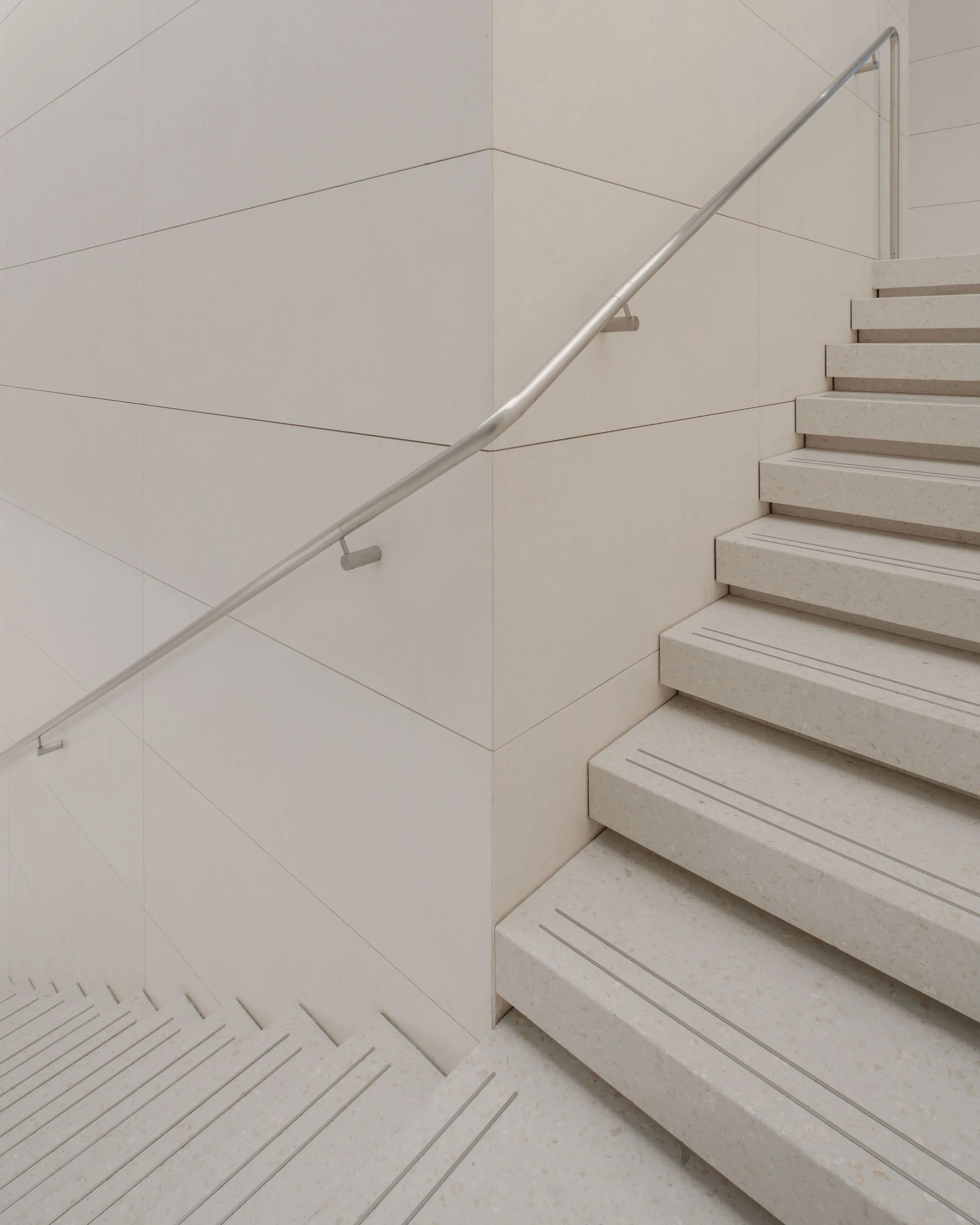
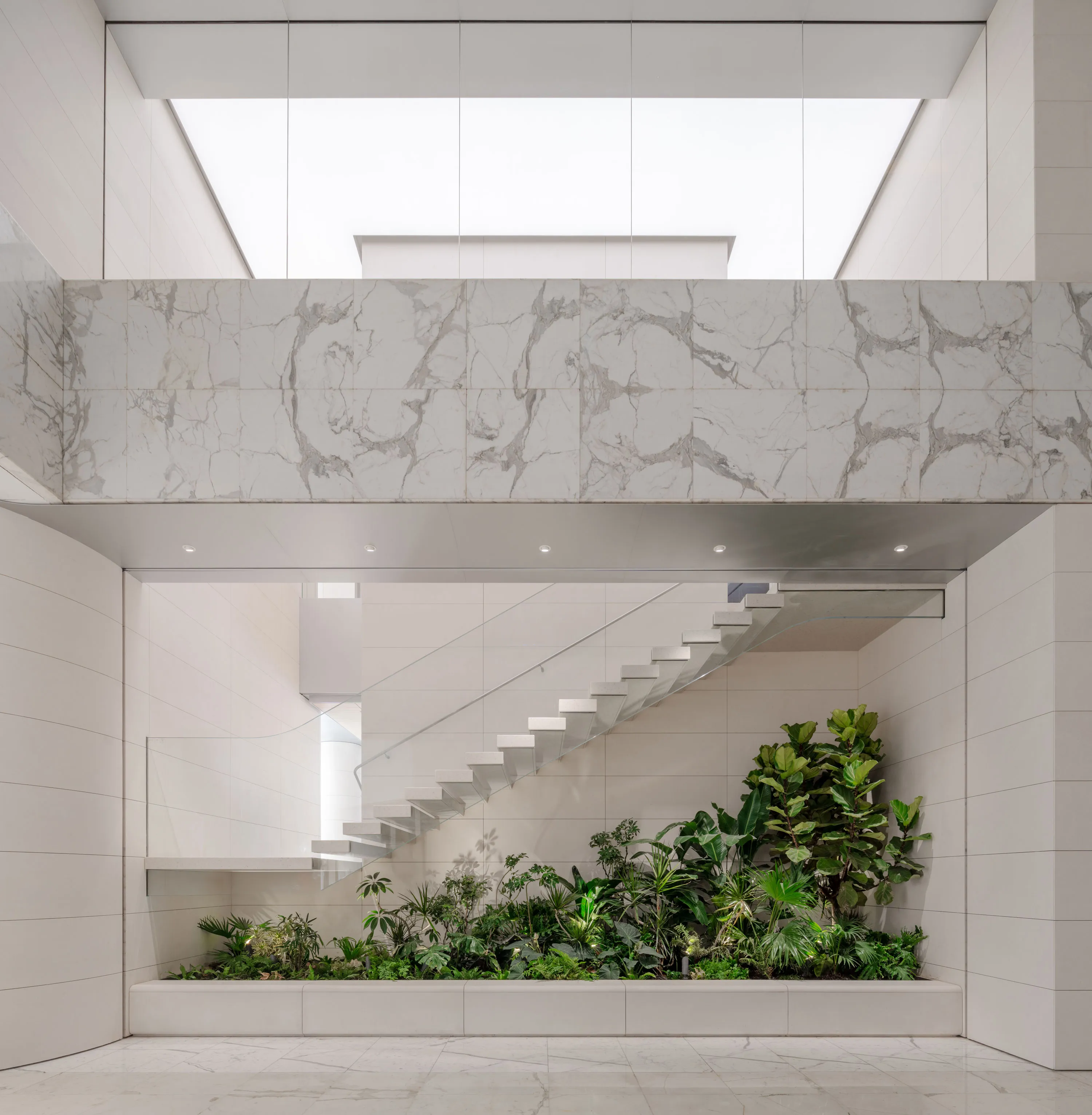


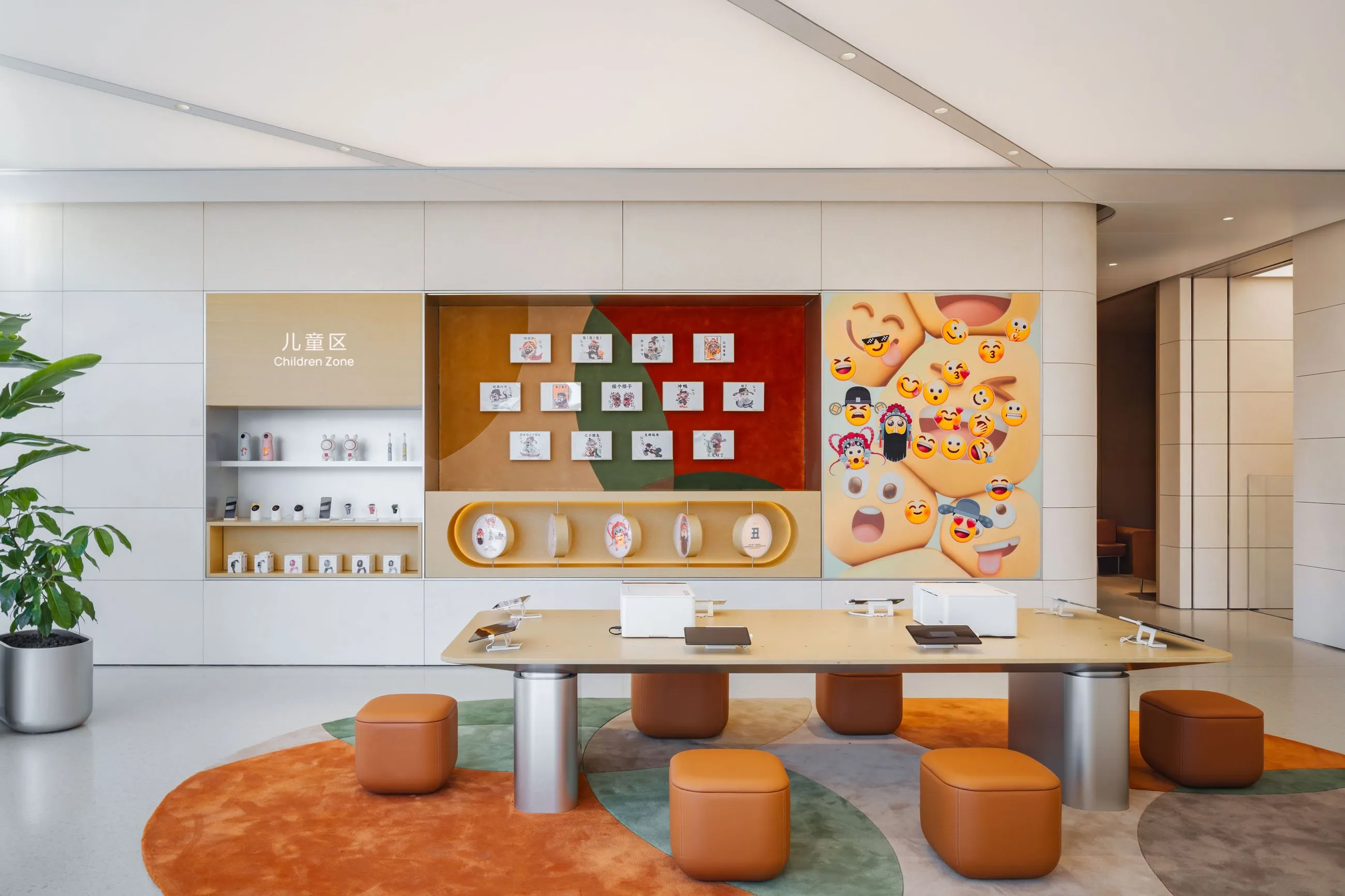
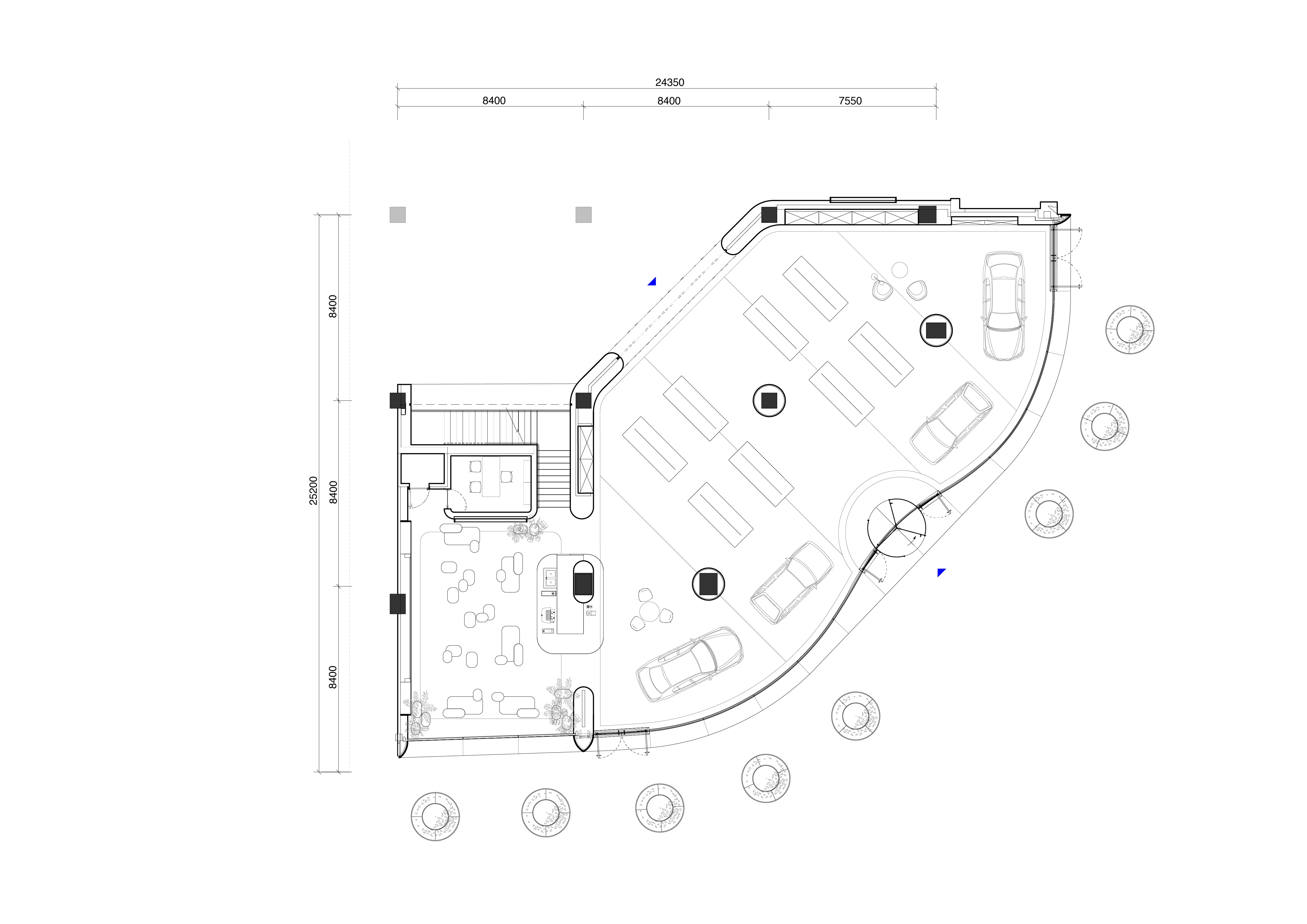
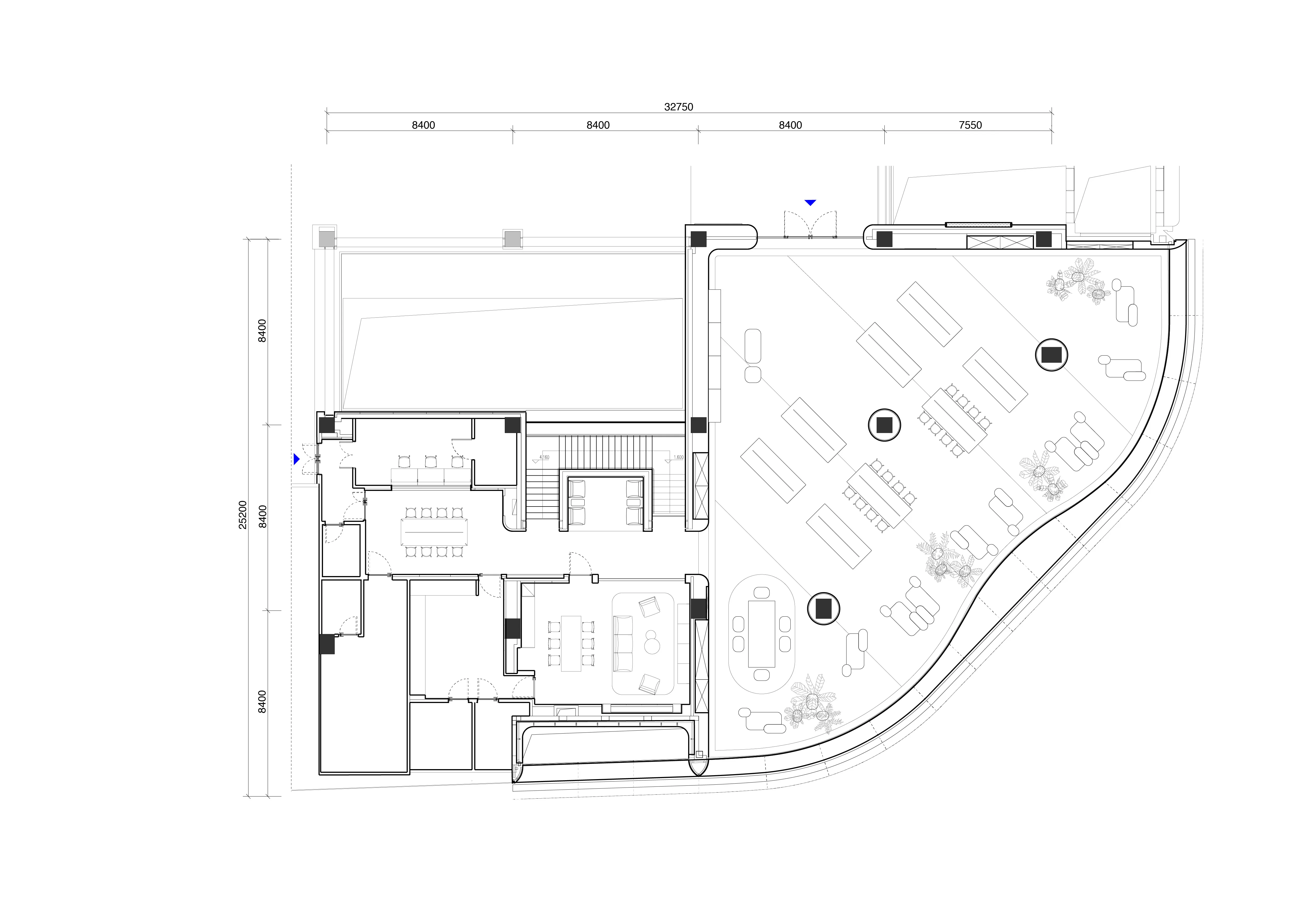

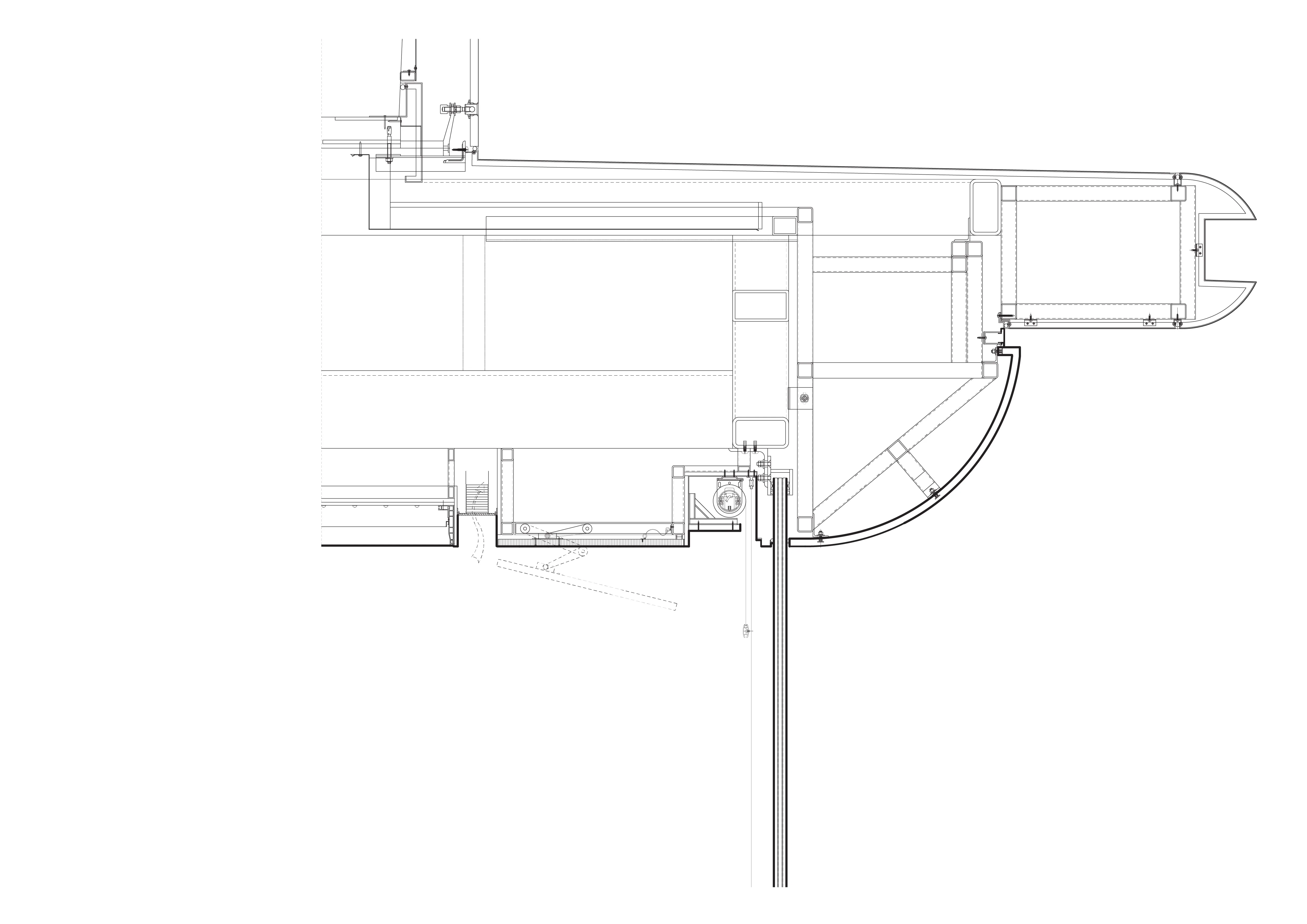
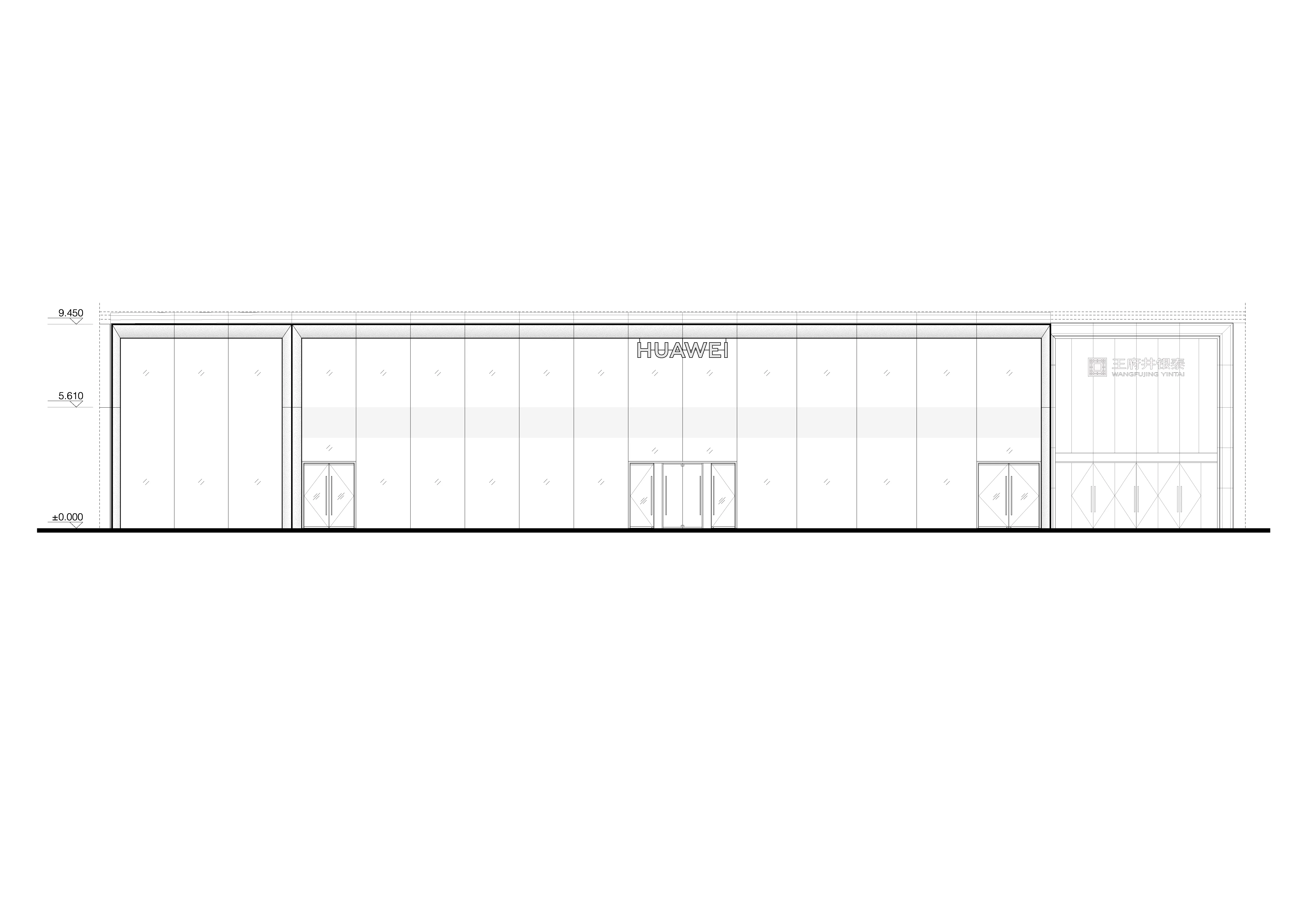
01/25
Huawei Flagship Store Beijing
Superimpose took the challenge to design the first Beijing Flagship Store for the Chinese multinational technology corporation Huawei right in the historic center of the city. The store finds its home on Wangfujing, Beijing’s most prominent shopping avenue already for hundreds of years, situated in close proximity to the ancient Forbidden City. The both ancient and modern commercial district is not only are presentative of traditional Chinese culture, but also a window to internationalization.
Superimpose has incorporated a contemporary reinterpretation of architectural elements reminiscent of ancient Beijing'slandmarks, such as the Forbidden City and the Great Wall, into the design. The store has two floors and covers an area of more than 1200 sqm. Throughout the years, Huawei has broadened its portfolio by incorporating an array of consumer electronics and diverse smart devices, all in alignment with their overarchingvision of "Building a Fully Connected, Intelligent World" — anambitious mission encapsulated by their digital ecosystem. Superimposeintegrated Huawei's philosophy by providing a physical experiential place forthis ecosystem.
Interior:
Superimpose embraced this project in adherence to their practice’s motto:'expectation + 1’; The central product showroom is crafted to align with theanticipated ambiance of a Huawei store — a space characterized by minimalismand a sharp aesthetic, all strategically oriented towards optimizing the display of products for a compelling and immersive experience for visitors. In addition, Superimpose integrated the concept of ‘an Urban Living Room’ where people can meet, explore and interact with spaces such as the ‘Urban Oasis Cafe’. The lay-out of the entire store has been carefully organised as a series of sequential spaces, inspired by the sequence of squares, scale variation, and symmetry found in ancient Chinese architecture.
The project's original footprint lacks perfect symmetry and to provide a calm store layout, Superimpose has incorporated a thick and solid wall materialised with natural limestone panels, dividing the store in a symmetrical main sales area and the themed Urban Oasis Cafe. Not only does it fit in with the axiallysymmetrical urban context of Beijing, it is also a continuation of Huawei’s aesthetics. Drawing inspiration from the Great Wall, this robust divider wallfeatures joints that mimic the appearance of a brick wall.
The Urban Oasis Cafe serves visitors and encourages visitors to use the products, interact and immerse in the ‘Urban Living Room’. A travertine coffee bar was added to this space which can also be used as a gathering space and auditorium space for events and talks. The design of the cafe aims to create a welcoming atmosphere, achieved through the use of wooden ceiling boards, warm flooring materials, and the integration of lush green walls.
The cafe also features a stairs which leads visitors to the second floor. The stairs - partly made with glass steps - is hoovering above an internal lushgarden, inspired by the Great Wall meandering through Beijing’s green mountains.
Facade:
The grandeur of ancient Chinese Architecture isreflected in the facade by a 2-story high glass facade, framed by curved UHPC (Ultra High Performance Concrete) facade panels. Taking inspiration from the city's undulating rooflines, the facade panels replicate their graceful curves.Careful attention to technical details ensures a clean and smooth finish. A focus on openness towards the city is evidentby the use of 8.8-meter high glass panels, drawing in passersby from thestreet. Inside the Oasis Cafe features a large LED curved screen, adding to theappeal and seamlessly connecting the exterior and interior. The UHPC panels trace the mall canopy's contours, while the glass gently creates a concave pocket at the entrance, creating an inviting gesture.
The design aims to welcome visitors without being overly elaborate or decorative and is focussed on creating an optimized space for Huawei, fostering and appreciating the digital ecosystem, in the center of Beijing.


